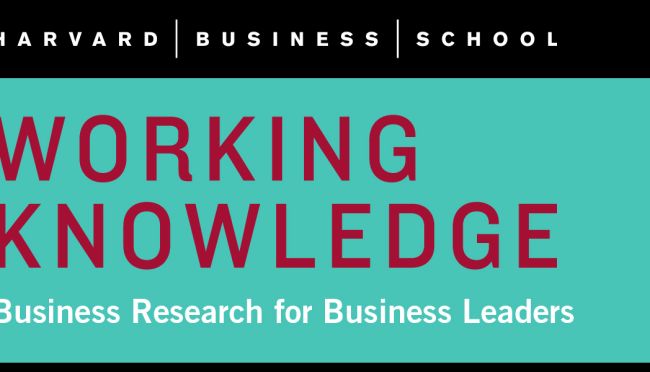
- 13 Mar 2023
- Research & Ideas
What Would It Take to Unlock Microfinance's Full Potential?
Microfinance has been seen as a vehicle for economic mobility in developing countries, but the results have been mixed. Research by Natalia Rigol and Ben Roth probes how different lending approaches might serve entrepreneurs better.

- 11 May 2020
- Working Paper Summaries
Targeting High Ability Entrepreneurs Using Community Information: Mechanism Design in the Field
Based on a field experiment involving 1,345 microentrepreneurs in India, this study provides insight into the depth and breadth of social knowledge contained in rural and peri-urban social networks. Harnessing community information directly from a microentrepreneur’s peers helps to identify high-growth microentrepreneurs and predict their returns to capital.

- 14 Apr 2020
- Working Paper Summaries
Contractual Restrictions and Debt Traps
Microfinance has failed to catalyze entrepreneurship in developing countries, despite abundant evidence of high return on investment opportunities. What can account for this? This study presents a theory in which firms that borrow from an informal lender may see their growth stalled and remain in the relationship indefinitely, even though they would have continued to grow in the absence of a lender.

Equity Bank CEO James Mwangi: Transforming Lives with Access to Credit
James Mwangi, CEO of Equity Bank, has transformed lives and livelihoods throughout East and Central Africa by giving impoverished people access to banking accounts and micro loans. He’s been so successful that in 2020 Forbes coined the term “the Mwangi Model.” But can we really have both purpose and profit in a firm? Harvard Business School professor Caroline Elkins, who has spent decades studying Africa, explores how this model has become one that business leaders are seeking to replicate throughout the world in her case, “A Marshall Plan for Africa': James Mwangi and Equity Group Holdings.” As part of a new first-year MBA course at Harvard Business School, this case examines the central question: what is the social purpose of the firm?